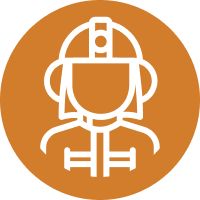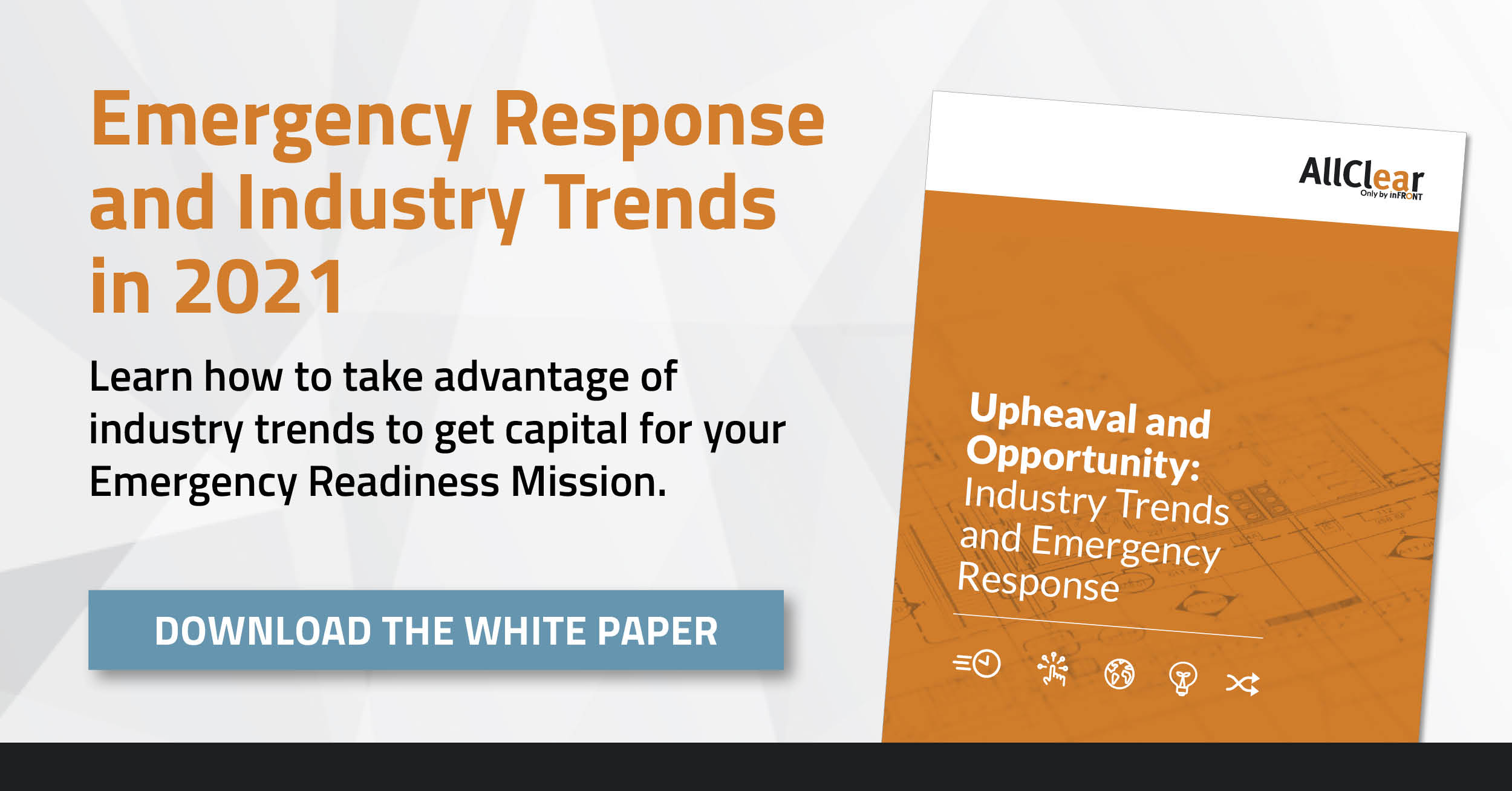
This blog is the sixth in a six-part series discussing how Digital Transformation will affect Emergency Preparedness. Throughout this series, we explore how Digital Transformation is helping to positively impact Emergency Readiness in the Petrochemical and Refining sectors.
Blog Series Introduction: Emergency Preparedness and Digital Transformation
In closing this blog series, I want to thank you, on behalf of all the people at inFRONT for engaging in this dialogue about the technological journey of our industry.
Over the course of the last four months, our team has provided insight on how Digital Transformation is impacting Emergency Readiness. From real-time accountability of personnel during an incident to automating the process safety requirement of unit-level awareness to real-time location services, we’ve discussed how technology will make you more ready. Some of the solutions are ready, proven and working now. Others aren’t yet running successfully in industrial plants. Having said this, I leave you with 3 thoughts as you continue on your path of technology adoption:
Apply plenty of analysis to how the technology maps to your process.
It’s clear to us that all sites share some core aspects of emergency response but, beyond that, the approaches vary widely. As a result, your site likely has unique requirements that are particular to your methods and business practices. Understanding this early on will greatly improve the outcomes reached with the new technology.
Make sure that the technology is battle-tested.
The industry is crawling with “zombie technologies” – cool-looking tech that are, effectively, answers looking for questions to problems. They roam the industry by performing cool demos and looking for purchase orders. The problem is that they haven’t learned the hard lessons of the repetitive, practical application of their tech in our industry. To reduce the risk that you’re buying a zombie, demand to see it running in production at a similar site to yours in our industry.
Think about culture.
The best technology is useless if people refuse to adopt it. Create a narrative about why the new technology is important for the well-being of everyone at the site and think through the Management of Change process far in advance. You should be able to lean on the vendor to connect you with other users who have already successfully implemented the technology, which can greatly reduce surprises and missteps during the implementation process.
I hope to have the opportunity to meet many of you as we go forward and hear your stories about improving emergency response at your site.







